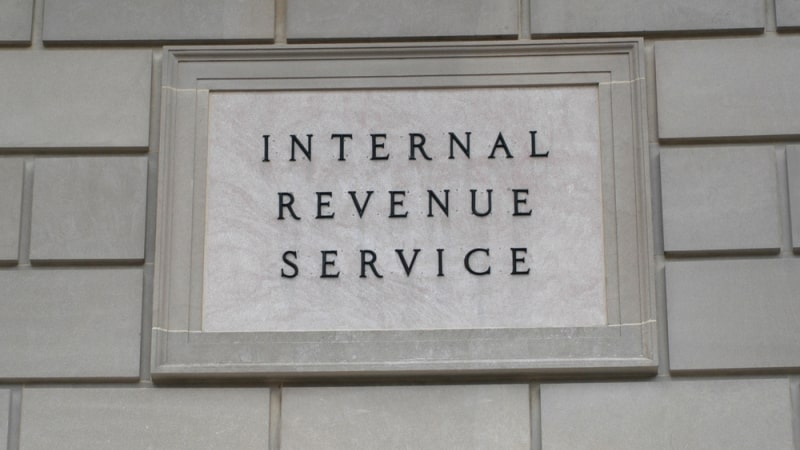
The Internal Revenue Service (IRS) isn’t adequately overseeing and managing the decommissioning of legacy systems, according to a recent report by the Treasury Inspector General for Tax Administration (TIGTA).
According to the agency watchdog, the IRS lacks an overall program to identify and address legacy information technology systems that need to be updated, replaced, or retired. Spending on operations and the maintenance of IT infrastructure rose by 35 percent over the last four years, from $2 billion in fiscal year (FY) 2019 to $2.7 billion in FY 2023, and the uptick will likely continue unless old systems are addressed, according to TIGTA.
Following the closure of the Technology Retirement Office in January 2023 – established in 2021 to reduce the information technology footprint across the agency– 107 out of 344 legacy systems have been identified as candidates for retirement by the IRS. Only two of the 107 systems have plans for decommission.
TIGTA recommended that the IRS’s chief information officer either reestablish the office or “implement a similar enterprise-wide program to identify, prioritize, and decommission legacy systems.”
The IRS partially agreed with the recommendation, stating that the Transformation and Strategy Office has “already established structure and enterprise-wide planning effort to deliver a technology transformation.” The office will “reflect milestones toward delivering new capabilities,” according to the IRS.
TIGTA attributes some of the issues to the lack of a broadly accepted definition of “legacy systems,” citing a previous TIGTA report that showed the IRS failed to identify 46 systems as legacy and that the IRS had incorrectly identified one system as a legacy system.
Guidelines for identifying legacy systems include systems that are “25 years or older or are written in an obsolete programming language” with TIGTA’s latest report identifying 349 legacy systems and the IRS identifying 344. The IRS agreed with updating their definition of legacy systems, according to the recommendation.
The IRS successfully implemented two of TIGTA’s previous recommendations, including updating system details for almost all 733 systems within a year of the report. All systems additionally have complete and accurate information including management, system ages, and programming languages.
Other recommendations made by TIGTA include implementing a policy that would require system owners to “provide and update system information in the As-Built Architecture (ABA) and ensure that all ABA systems have complete and accurate information.
